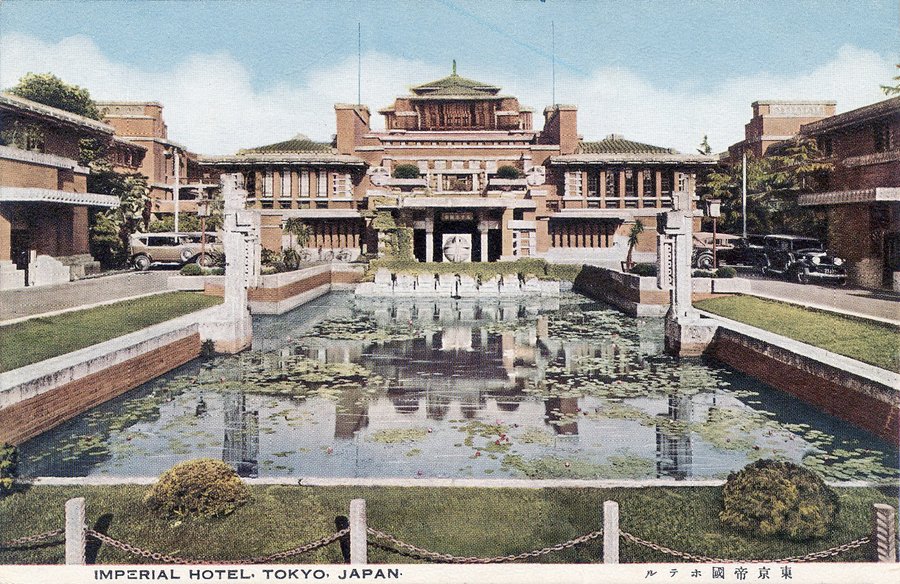
the entrance to Wright’s Imperial Hotel (1922) | images courtesy wikimedia commons
Famed architect Frank Lloyd Wright discovered Japan through the same method as many in his time: ukiyo-e prints. “I remember when I first met Japanese prints, I’ll never forget it,” Wright once said in a filmed interview. “Japanese art had a great influence on my feeling and thinking.”
Wright first arrived in Japan in 1917 and that same year he met Arata Endo – 27 years old at the time and fresh off the team working on plans to construct Meiji Shrine. Like Wright, Endo had also risen to notoriety after publishing a scathing criticism of architect Kingo Tatsuno.
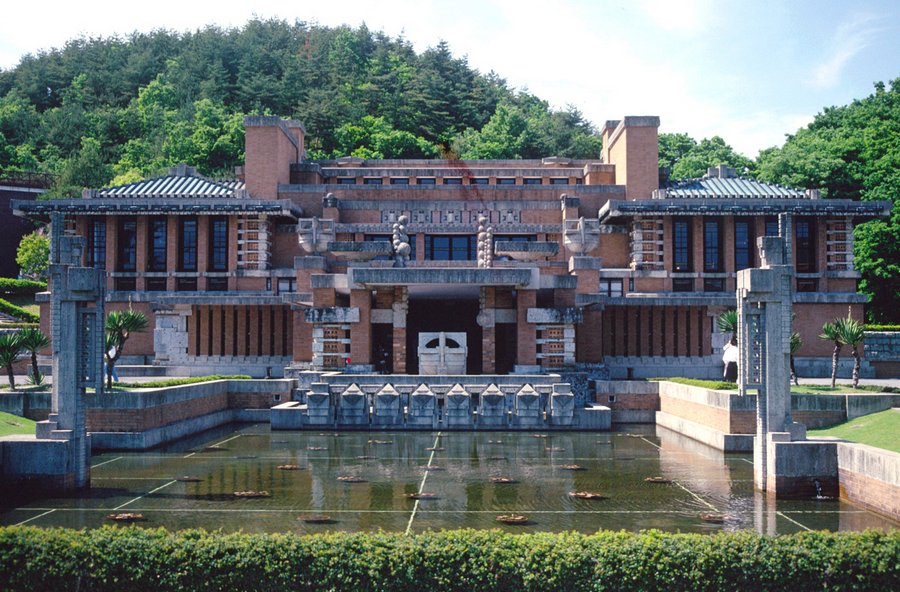
the building was damaged during WWII but was recreated and can be seen near Nagoya in the Meiji-Mura Museum
The two architects bonded – both “had an infectious wit, no tolerance for mediocrity, and a belief in the sanctity of architecture” – and Wright hired Endo as chief draftsman on the Imperial Hotel project. As fate would have it, Okura & Co., whom Wright attributes as his first encounter with Japan 20 years earlier at the World’s Fair in Chicago, financed and built the hotel.
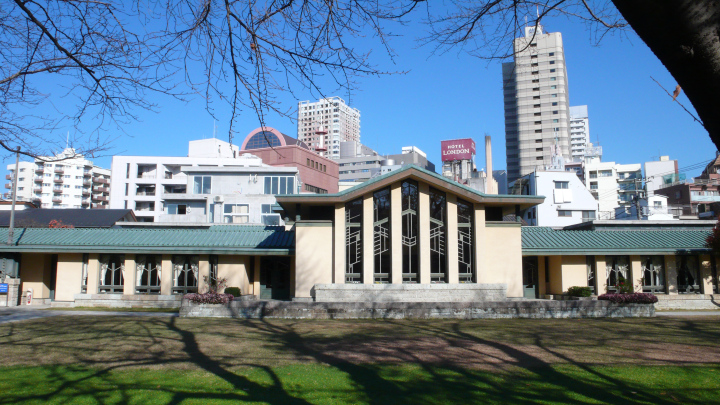
Jiyu Gakuen Girls’ School, Tokyo, Japan. Designed by Frank Lloyd Wright in 1921 | images courtesy tokyowing
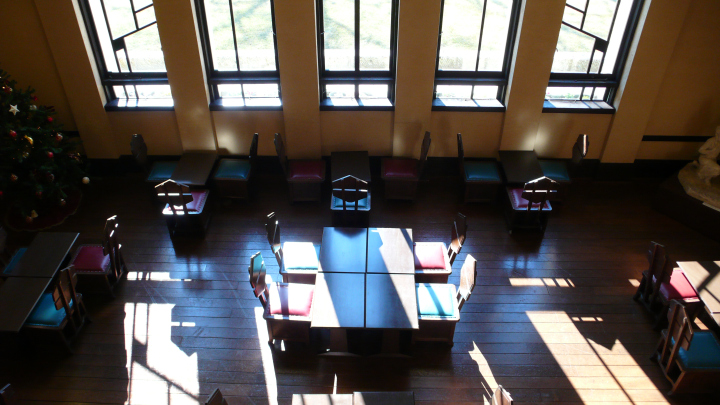
Endo introduced Wright to his acquaintances Yoshikazu and Motoko Hani, who founded Jiyu Gakuen.
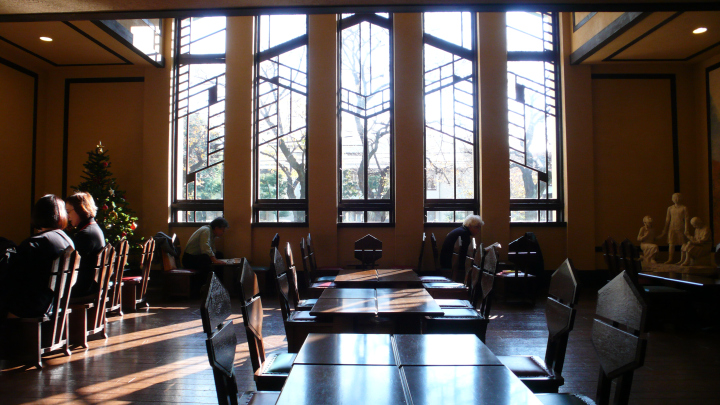
However, ballooning costs for the Imperial Hotel project – it climbed to an extraordinary $3 million – put pressure on Wright. It’s unclear whether he was fired or resigned (wikipedia states he was fired) but Wright left Japan and his primary protégé Endo oversaw the completion. Endo also continued to oversee projects that Wright had begun, like Jiyu Gakuen, the Tokyo school for girls, and the only surviving Frank Lloyd Wright residence in Japan: the Yodoko Guest House.
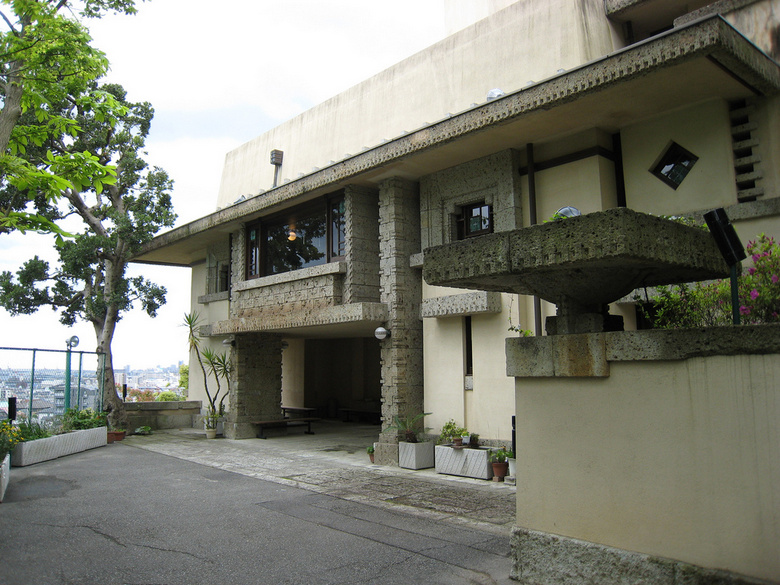
The Yodokō Guest House in Hyogo prefecture designed in 1918 and completed in 1924 | images courtesy flickr user rangaku1976
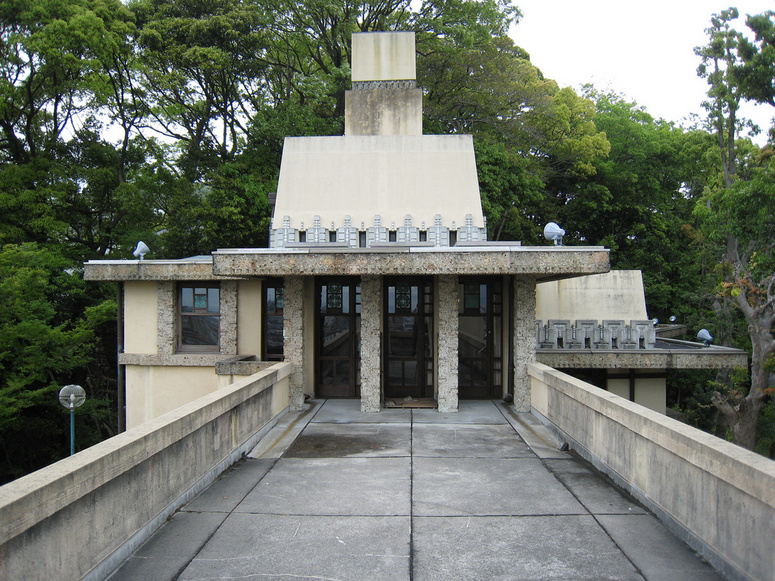
It was built as the summer villa for the well-to-do brewer of Sakura-Masamune sake, Tazaemon Yamamura.
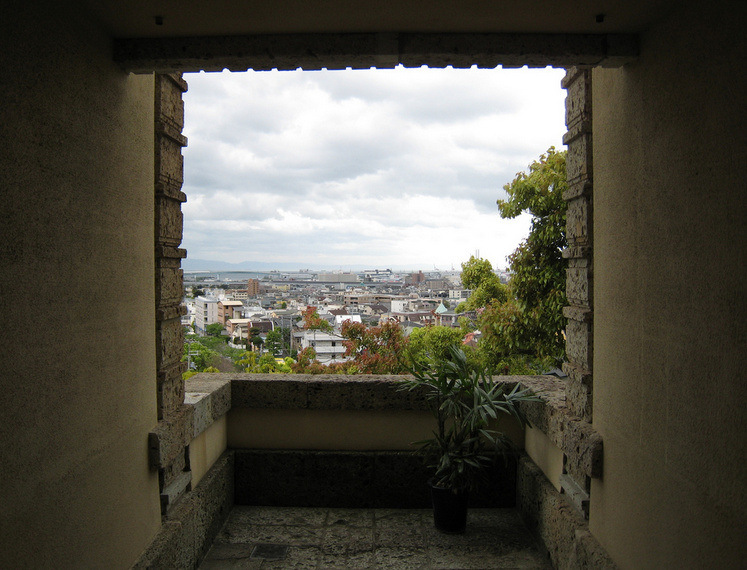
In 1947, the house became the property of Yodogawa Steel Works, and was used as an official residence for the company president. It was opened to the public in 1989.
As an architect and disciple of Wright, Endo can be easily criticized for never fully emerging from the shadow of Wright’s hegemony. His most important architectural contribution is, arguably, the Koshien Hotel, which was heavily influenced by Wright’s Imperial Hotel.
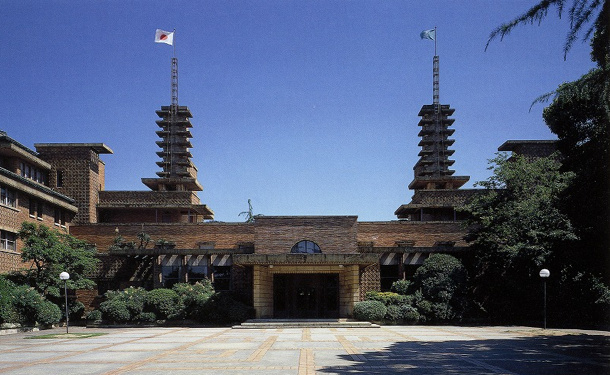
The Koshien Hotel in Hyogo opened in 1930. From 1944, it was used as an Imperial Navy hospital. It is now used as a hall forming part of Mukogawa Women’s University, and is known as the Kōshien Kaikan.
Currently there is an accelerating revival movement to rediscover the work of Endo. This fall, for the first time ever, the Heritage Houses Trust is opening one of Endo’s private residences for public display. The Kaji Villa in Hayama was completed in 1928 and is significant in that Endo designed not only the home but the lighting and furniture as well. For a limited time only (October and November of 2014) the owner is allowing a public viewing.


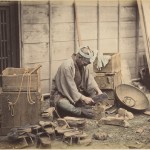

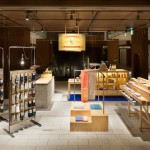
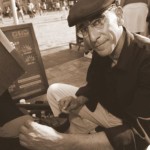


















October 2, 2014 at 10:07 pm
A very interesting article, but I note a couple of date errors. Wright’s first visit to Japan was in 1905, not 1917. And Chicago’s Columbian Exposition was in 1893, twenty-four years, not twenty, before he returned in 1917 to build the Imperial Hotel.
October 7, 2014 at 6:29 pm
I see no mention of Antonin Raymond, Wright’s project manager and a distinguished architect in Japan.
October 17, 2014 at 8:03 pm
Thanks for publishing these photos of the Kaji Villa. In January, 1972, I was posted to Japan, as a US government employee and this villa was leased for my wife, our two year old son and me. It was designed to be a summer house and it was impossible to heat and it was so large my wife did not want to live there. We lived in the master bedroom suite for a week and a half and departed for a cozy, quasi-western Japanese style home about one mile away.
October 18, 2014 at 8:00 pm
@James – wow that’s fascinating! Thanks for sharing.